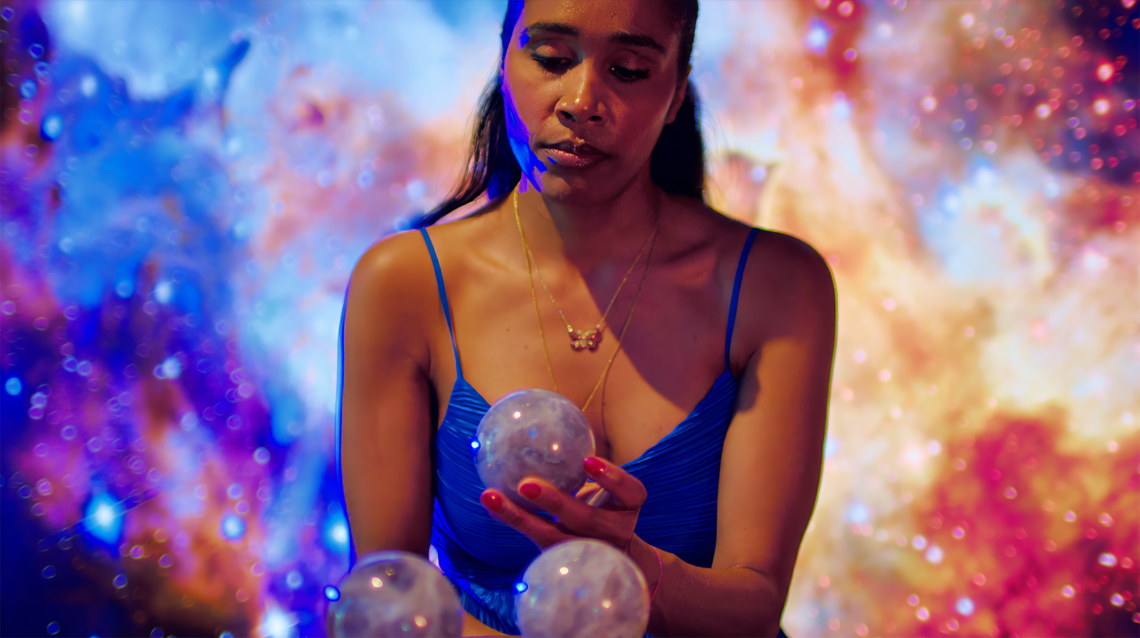Nia Amara: My being an artist very much affects my view of the world. And it bleeds into everything, including my science. For me, science is about the search from the outside in. Whereas art is the search from the inside out. One of the connections between art and science is storytelling. One of the outstanding mysteries of star formation is how stellar nurseries are born and how they evolve. I’m Dr. Nia Amara.
I’m an astrophysicist and an artist and this is how stars are born. Stellar nurseries are incredibly complex, and they have this beautiful, intricate structure weaving throughout them. We know that that structure is intimately tied to the birth of stars. But how that structure itself forms and evolves is still a mystery. Stellar nurseries are enormous. They have tens of thousands of solar masses’ worth of gas and dust.
And they stretch for tens, if not hundreds of light-years across. When you look toward the constellation of Orion, just below the belt and stretching above the belt are two of the closest stellar nurseries to us. The Orion stellar nurseries are just about 1,400 lightyears away, which is just our backyard for astronomers.
On supporting science journalism
If you’re enjoying this article, consider supporting our award-winning journalism by subscribing. By purchasing a subscription you are helping to ensure the future of impactful stories about the discoveries and ideas shaping our world today.
The Orions are two of the largest, most massive stellar nurseries, and that’s the closest region of massive star formation. A star is born when vast regions of interstellar gas and dust come together over the course of millions of years. Eventually, some regions within those clouds of gas and dust undergo gravitational collapse, becoming so dense that eventually nuclear fusion kicks in. And when that happens, a star is born.
I once did a sketch of myself touching a star, and several years later, I was reading something about 3D printing. Well, part of the…
Read the full article here







